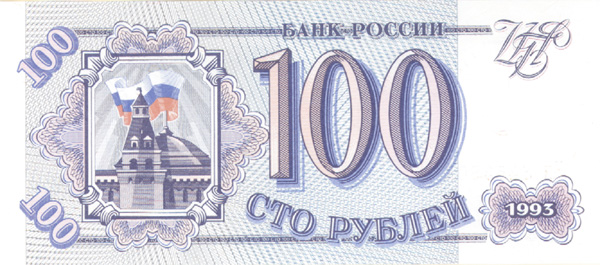Russia - 100 Rubles - p-254 - 1993 dated Foreign Paper Money
Inv# FM1171 Paper Money Cat# P-254
Country:
Russia
Denomination: 100 Rubles
Years:
1993
Russia, 100 Rubles, 1993, P-254. Showing the Kremlin and Spasskaya Tower.
Condition:
Crisp Uncirculated
Item ordered may not be exact piece shown. All original and authentic.










Ebay ID: labarre_galleries